
…the human body is a complex maze.
Orthopaedics concerns the conditions involving
our musculoskeletal system; 206 bones, 230 joints
and 640 muscles.
Posedonia Oceanica
- a 100 000 year old clonal colony of endangered seagrass.
Life Orthopaedics
Our world class team of Orthopaedic and Trauma surgeons, Radiology and Rehabilitation Specialists
under the medical direction of Robert Smigielski MD, PhD bring their vast expertise,
interdisciplinary, personable and personalized approach to your care.
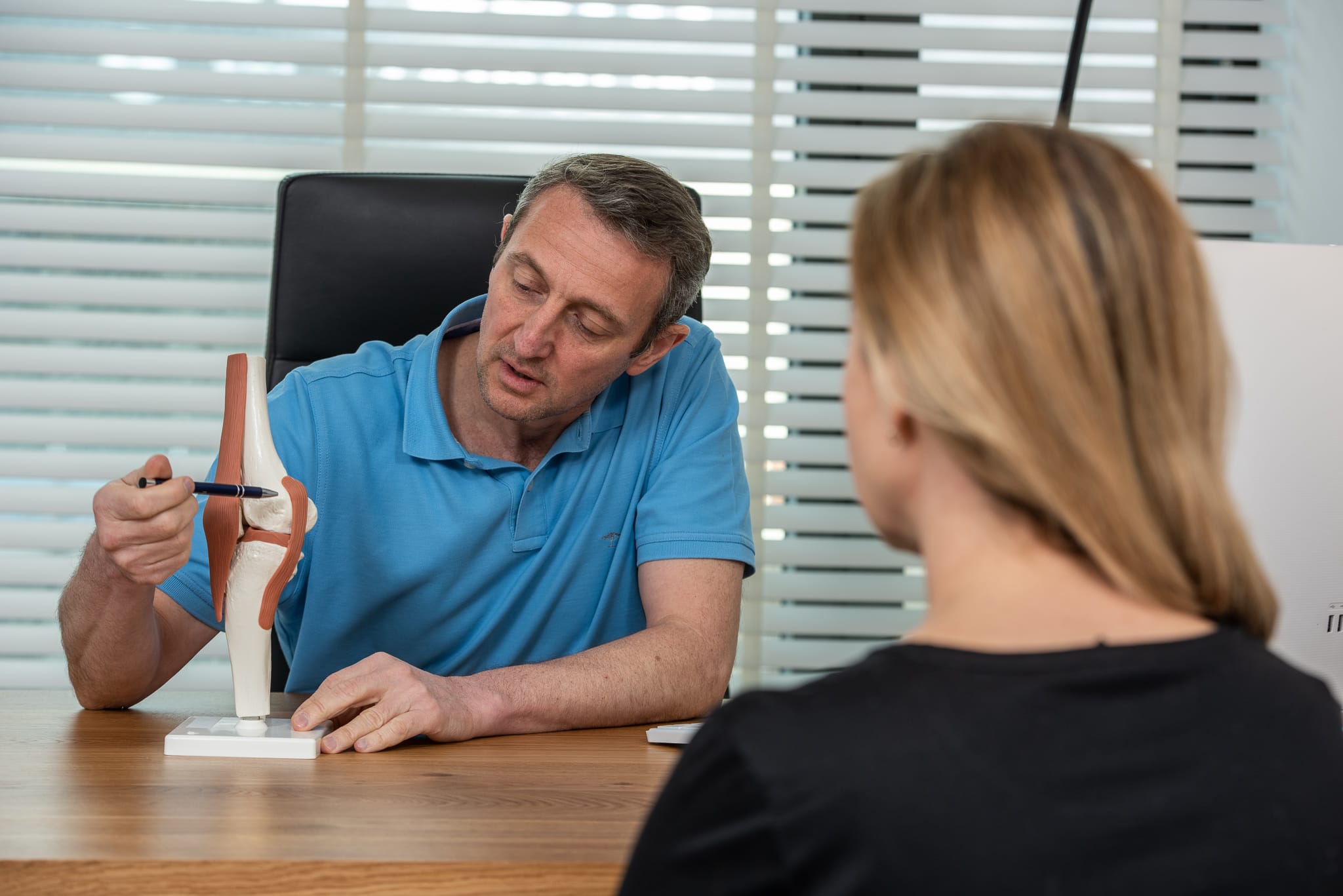
Robert Smigielski, MD PhD
Over 20 years as a leading trauma and Orthpaedic surgeon, and expert in Sports and Regenerative Medicine, a leading voice in the field of orthopaedics globally.
A pioneer, authoring innovative surgical techniques, including an anatomical anterior cruciate ligament (ACL) reconstruction using the Anatomic Ribbon Technique which is now a commonly accepted orthopaedic practice globally. The first in Poland to carry out a meniscus transplant, and introduce the use of stem cell therapy to accelerate regeneration in the musculoskeletal system.
READ MORE …Our roots are in Sports and Regenerative Medicine,
having worked with world class athletes for over two decades, helping them bring home Olympic gold medals and World Championships.
Sport, particularly competitive sport is demanding, taking a toll on one’s physical and mental health. It is almost impossible to find a professional athlete who has maintained full mobility throughout their career. A career traditionally consists of hills and valleys of: success, failure and injury.

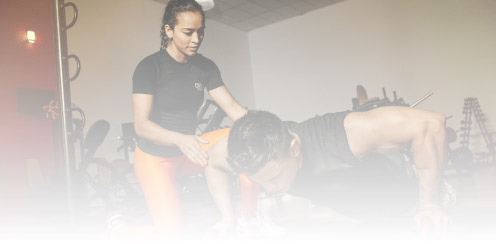
Our interdisciplinary team work with elite athletes ensuring the appropriate physical therapy and training programs, nutritional regimes, mental strengthening exercises, and regeneration and recovery techniques to ensure they are at peak performance when it counts.
We bring these principles and practices in working with elite athletes to your care, so that you too can be at peak performance when most needed.
Holistic consultation …
Stop living with bone and joint dysfunction and pain!
We will discuss with you your specific condition, review your medical history, do a physical examination and if required, request imaging testing to get a clearer sense of the issue, to be able to propose the appropriate course of treatment along with a proposed rehabilitation plan. Important to us in the process is to understand the root cause of your condition.
A holistic approach to you and your health. The soreness in your joints may have more to do with what you are eating, then a structural issue with your cartilage or tendons, which could result in further consultations and proposed treatments outside of the field of orthopaedics, for example, with a nutritional medicine expert.

Our expert team work together to design a comprehenive treatment plan for you,
a combination of conversative treatments and if necessary surgical interventions.
Conservative Treatments: Involve non-invasive or minimally invasive procedures

Combination of therapies; regenerative and training techniques to help you regain function in your body as quickly and effectively as possible.
Use of medication to relieve pain, swelling and other symptoms that come with fractured bones, injured ligaments, disease, aging and degeneration of joints and bones.
Treatments that enhance the body’s natural capacity to heal, including the use of therapeutic stem cells. These regenerative substances are usually obtained from your blood and fat tissue.
Methods to stimulate the circulatory system, accelerate tissue healing and repair; from magnetotherapy, bone healing osteogenesis enhancing solutions, to patented cardio synchronized massage.
Use of foods, diets, fasting, supplements, functional foods and dietary and culinary counselling, assessment and support to help address your health conditions through lifestyle changes.
Individualized Surgical Procedures
… are used in cases where surgery is immediately required, or a surgical intervention is warranted due to lack of response to conservative treatments. Our procedures include cutting edge approaches which predictably increases confidence in the operating room, optimizing post-surgical recovery, and increasing the chances for the best long-term outcomes.

Patient Specific Intruments (PSI)
…are used in cases, when standardized instruments would not be sufficient enough. PSI allow to carefully plan the surgery and increase surgeon’s precision, thus shorten the time of the surgery. Yet still, the most important thing about PSI is that personalized procedure planning with the patient’s specific anatomy in mind enables the surgeon to reduce the damage to nerves and vessels and as a result quicken the post-surgical recovery and return to the patient’s daily routines.

Computer Assisted Planning
Computer-assisted surgical planning allows for operative maneuvers to be simulated on a computer before their implementation on the operating room table. Image-guided surgical navigation improves surgical accuracy and can help translate a virtual surgical plan to the operative setting, resulting in improved safety and efficacy of the procedure, while shortening the surgery time.

3D guides
3D modeling has revolutionized surgical planning resulting in less invasive and more accurate surgery. Personalized surgical guides match the exact planned position and angle of interventions with the reality of the actual surgery. This leads to a better understanding of patient anatomy and means fewer resources are involved, notably time and costs.
Our Expertise
We are well versed in addressing the injuries and diseases throughout your musculoskeletal system
that collectively allow you to move, work and be active ; your bones, joints, ligaments, tendons, muscles, and nerves.
There are a few areas we are particularly proud of our expertise in;
Knee
Pain and discomfort in the knee can be the result of injury, inflammation, arthritis or mechanical problems, most commonly; ACL injury, fractures, torn meniscus, bursitis, tendinitis, osteoarthritis, rheumatoid arthritis, gout and dislocated kneecaps.

Risk of knee injuries increase with excess weight, extreme stress conditions (sport or work), lack of muscle strength and flexibility, and prior injuries.
Depending on the condition, remedies can vary from conservative treatments, biological treatments, surgical procedures including the signature Anatomic Ribbon Technique, needle arthroscopy, osteotomy, anatomical tissue suturing and half & full joint replacements.
Whether suffering from a recent injury, a chronic illness or complications from prior treatments, our team have contributed to setting the global standards in knee diagnosis, surgery, treatment and rehabilitation. Their expertise encompasses all aspects of the knee, with a particular focus on;
Ligament (ACL)
One of the key ligaments that help stabilize your knee joint. The ACL connects your thighbone (femur) to your shinbone (tibia).
A piece of cartilage in your knee that cushions and stabilizes the joint. It protects the bones from wear and tear.
Where your patella (kneecap) and femur (thigh bone) meet at the front of your knee.
A fracture is a break, usually in a bone. If the broken bone punctures the skin, it is called an open or compound fracture. Multiple fractures, results from two or more fractures, in the same bone, or different bones, occurring at the same time or caused by the same force.
Conditions involving multiple injuries, acute damage, complex fractures, or rare conditions, which requires a carefully designed prioritization, treatment and rehabilitation plan.
Disfigurement or distortion; part of the body which is a different size or shape than it would be normally. Example: Malalignment of the knees;
Varus ( bowlegged);
Valgus (knock-kneed).
Deformities can be: congenital: present at birth.
developmental: appearing later in childhood.
acquired: caused by injuries or illnesses that were not present at birth, or resulting from unsuccessful prior treatments.
Achilles Tendon
The Achilles tendon is the strongest and thickest tendon in the body. It attaches the calf muscles (soleus and gastrocnemius) to the heel bone (calcaneus).
Treatment for a ruptured Achilles tendon often depends on your age, activity level and the severity of your injury. If surgical treatment is required, it involves making a longitudinal incision in the back of your lower leg and stitching the torn tendon together, and depending on the condition of the torn tissue, the repair might be reinforced with other fascia or tendons.
Dr Smigielski’s, findings of the three-bundle structure of the Achilles have resulted in vast improvements the treatment of Achilles tendon injuries.

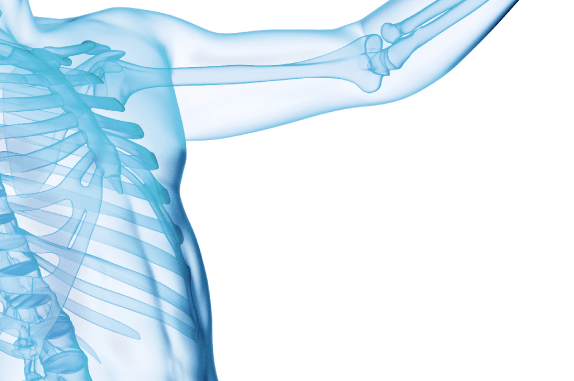
Muscles & Tendons
Tendons are the soft, band-like tissues that connect muscles to bone. Muscles are a type of elastic tissue (sort of like the material in a rubber band). Tens of thousands, of small fibers make up each muscle. When your muscles contract, the tendons pull the bones and cause the joints to move. When either are damaged, it can seriously limit movement.
Corrective tendon surgery treats a torn or damaged tendon by making one or more small incisions in the skin over the damaged tendon, sewing the torn ends of the tendon together. Checking the surrounding tissue to make sure no other injuries have occurred, such as injury to the blood vessels or nerves.
Other areas of expertise lie in reconstruction of the following muscle groups; pectoral, latissimus dorsi, rotator cuff, flexors/biceps & triceps, rectal abdominal, gluteal, adductors, rectus (thigh), gastrocnemius (calf).
Ankle
Pain and swelling in the ankle is the result of either, osteoarthritis (cartilage covering bone ends thins out and bone underneath thickens) or rheumatoid arthritis.
Procedures to relieve pain and swelling include ankle arthrodesis (fusing the bones into one piece), corrections of deformities using individualized 3D guides, anatomical reconstruction of the lateral ligaments of the ankle using auto-grafts (tissue from another place on the body), arthroscopic treatment of anterior ankle impingement syndrome and synovectomy surgery (where synovial tissue surrounding a joint is removed).
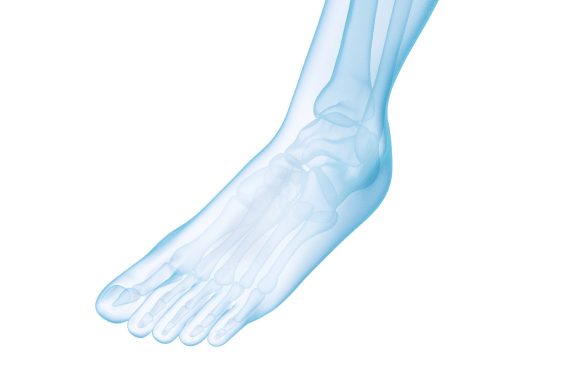
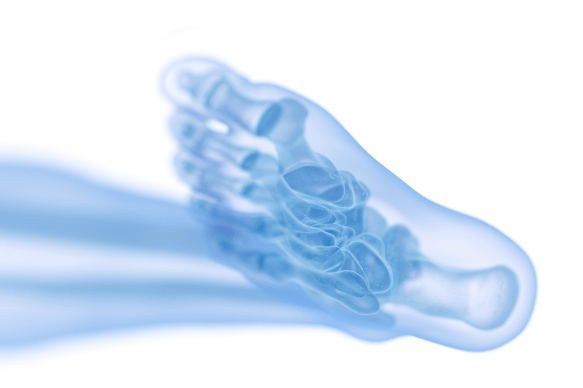
Foot
Foot issues can occur as a result of injury, congenital conditions, or diseases such as osteoarthritis and rheumatoid arthritis.
If conservative treatments fail, surgery can be the best way to alleviate foot pain and prevent further damage to the feet. Corrective operations include; arthroscopy of the metatarsal toe joints, including the big toe, bunion (hallux valgus) corrections, osteotomy, arthroplasty or arthrodesis to address hammer toe.
Shoulder
Shoulder arthroscopy is often used to treat rotator cuff injuries, instability (frozen or dislocated shoulder), or a fracture of the shoulder blade (scapula).
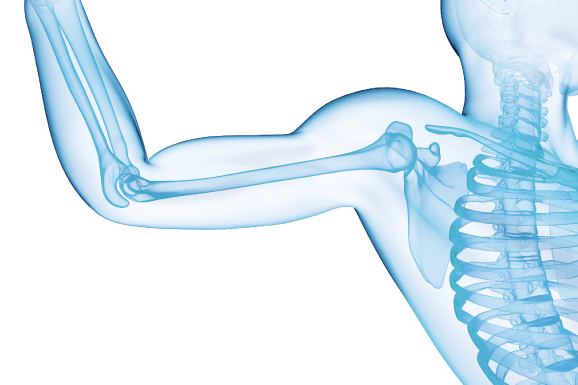

Back/Spine
Spinal fusion is the most common surgery for chronic nonspecific back pain with degenerative changes, involving joining the vertebrae (spinal bones) together.
Inflammation
Inflammation is a process in which your body's white blood cells and immune proteins help protect you from injury, infection, bacteria and viruses. The increased blood flow and chemicals attract white blood cells to the sites of inflammation. The higher number of cells and inflammatory chemicals in your joint can cause irritation, wearing down of cartilage (cushions at the end of bones), and swelling of your joint lining (synovium), joint stiffness, and reduced mobility.
Joint inflammation is common with different types of arthritis.
- Osteoarthritis
- Rheumatoid arthritis
- Gout (hyperuricemia)
Nutrition plays a key role in managing inflammation - foods that can be source of inflammation include; sugar, saturated fats, trans fats, Omega 4 fatty acids, refined carbohydrates, MSG, gluten.
Inflammation is addressed through conservative treatments; with focus on weight management, regular exercise, optimizing your nutritional regime, and supplementing where necessary with biological and pharmacological treatments.
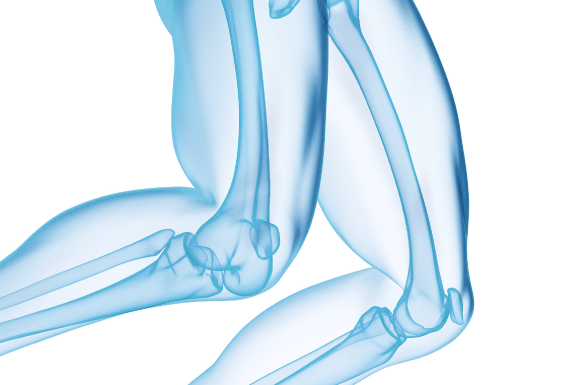
Transport of white blood cells or leukocytes to the site of the injury, a short-term inflammatory process occurring in response to tissue injury, usually appearing within minutes or hours. It is characterized by five cardinal signs: pain, redness, immobility (loss of function), swelling and heat.
Chronic inflammation, is a persistent, low-grade inflammation which can have long-term and whole-body effects. It can be caused by untreated acute inflammation (caused by an infection or injury), continual exposure to irritants (foods, chemical, pollutants) and/or an autoimmune disorder, which results in your immune system mistakenly attacking healthy tissue. Symptoms include, frequent infections, pain, fatigue, insomnia, depression, anxiety, gastrointestinal complications, weight gain/loss.
Signature techniques and treatments
Under Dr Smigielski’s leadership, the team have pioneered protocols built on decades of experience in working with thousands of patient cases.
Some of these include;
Anatomic Ribbon Technique
Dr Smigielski has authored a surgical technique and tool which is accepted as the global best practice in anterior cruciate ligament (ACL) repair, as a result of his uncovering and understanding of the ribbon-like form of the ACL, from its femoral origin to its tibial attachment.
Our team use the Medacta M-ARS ACL Set which has been designed to perform the reconstruction of a torn ACL.
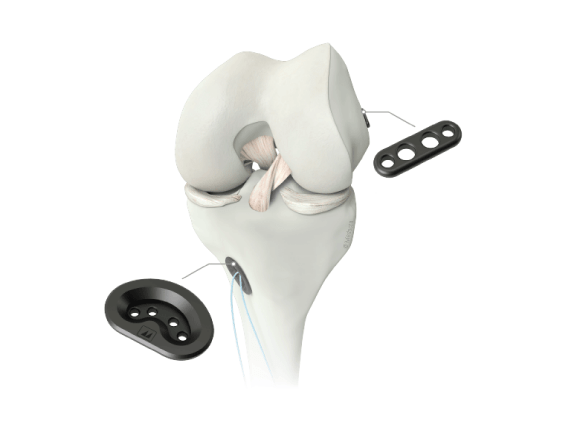
Anatomical Meniscus suturing
Sutures (stiches) are used to close wounds to your skin or other tissues. Arthroscopic or keyhole surgery is used whereby an endoscope is inserted into the joint through a small incision to assist in the suturing process to repair meniscus tears.
Needle arthroscopy
Performed using smaller instruments and without making a surgical incision. A 20 minute procedure, involving anesthetizing the location for the insertion of the needle arthroscope. The needle arthroscope is attached to a camera and light source that allows to inspect within the joint. The arthroscope can be inserted into several different locations depending on the area of suspected damage within the joint.
Osteotomy
Osteotomy literally means "cutting of the bone."
A surgical procedure to repair a damaged joint, whereby a deformed bone is cut to shorten or lengthen it or to change its alignment, where it does not line up with the joint like it should.
Half & Full joint replacements
Joint replacement, or replacement arthroplasty, is a surgical procedure in which an arthritic or dysfunctional joint surface is replaced with an orthopedic prosthesis. Joint replacement is considered when severe joint pain, or lack of mobility is not relieved or improved by less-invasive therapies. Joint replacements restore overall quality of life, providing the opportunity to live pain free again.
Biological Treatments
Administered once medical qualification is granted, and under the supervision of a physician and nurse at all times.
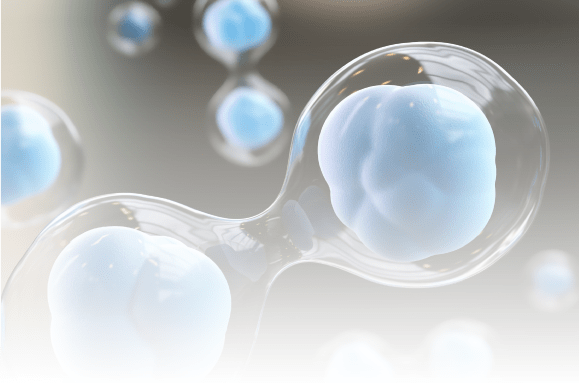
Stem cell therapy
Stem cell therapy utilizes cells naturally present in our bodies to heal injury and even certain medical conditions by regenerating healthy tissue. They can be applied locally for bone, cartilage and tendon regeneration which aids pain relief and recovery time, increases mobility and, most importantly, may eliminate the need for medication and invasive surgery such as joint replacements.
LEARN MOREPlatelet-derived growth factor (PDGF) therapy:
A family of molecules released from platelets tiny pieces of cells that are found in the blood and that help the blood clot. Forms of platelet-derived growth factor help to heal wounds and to repair damage to blood vessel walls. They also help blood vessels grow. Using injections of a concentration of a patient's own platelets to accelerate the healing of injured tendons, ligaments, muscles and joints. Using the patient’s own healing system to improve musculoskeletal problems, by releasing growth factors that stimulate and increase the number of reparative cells that your body produces.
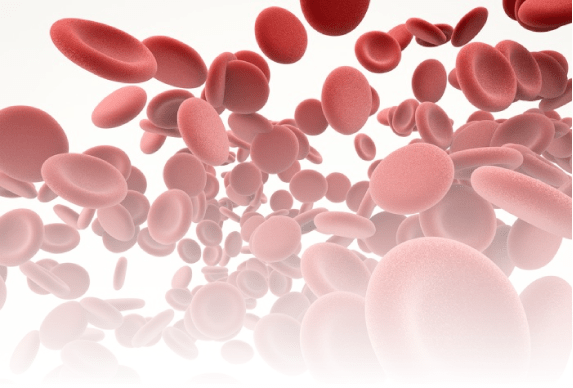
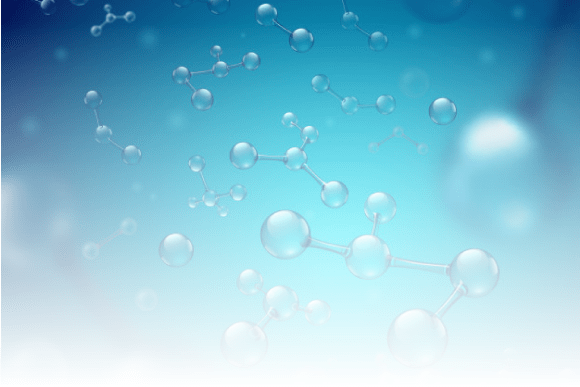
Hyaluronic acid injections
Used to treat knee pain caused by osteoarthritis. Effects include;
- i) lubrication, reducing friction within the joint, thereby reducing pain and stiffness,
- ii) anti- inflammatory effects, reducing pain, inflammation and swelling,
- iii) and pain-relief effects.
The hyaluronic acid molecules form a boundary around nerve endings, preventing pain signals from being sent to the brain, in which knee pain may be decreased.
IV Drip Therapy
Administers vitamins, minerals and amino acids directly into the bloodstream, bypassing the digestive system, resulting in higher absorption of the nutrients. Used to optimize and accelerate the healing and regeneration process.
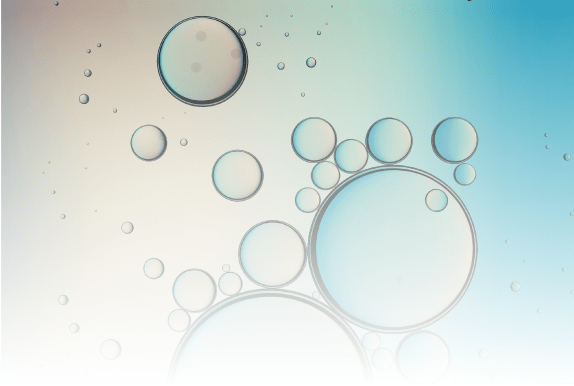
Diagnostic Imaging
Anyone, or a combination of these imaging tools can be prescribed to be able to "see" inside your body to get a "picture" of your bones, organs, muscles, tendons, nerves, and cartilage, to determine if there are any abnormalities and ensure an accurate diagnosis.
Ultrasonography
Ultrasonography is a totally safe noninvasive imaging technique. It is a highly effective imaging diagnostic tool, due to its high resolution capability of real time assessment, and the comfort and safety for the patient. It is often referred to as the “orthopedic surgeon’s stethoscope”.
Diagnostic ultrasound is used to help in;
- the evaluation and management of a wide variety of musculoskeletal disorders relating to problems in the shoulder, elbow, wrist, hand, hip, knee, calf, ankle, and foot
- identifies and confirms the onset of an inflammation process; metabolic disease, rheumatoid disease
- to help in the injection of biological treatments into multiple joints
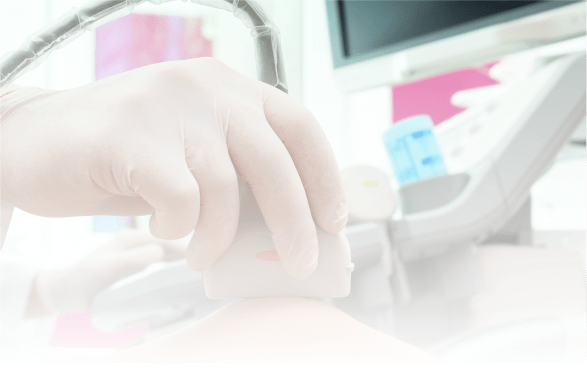
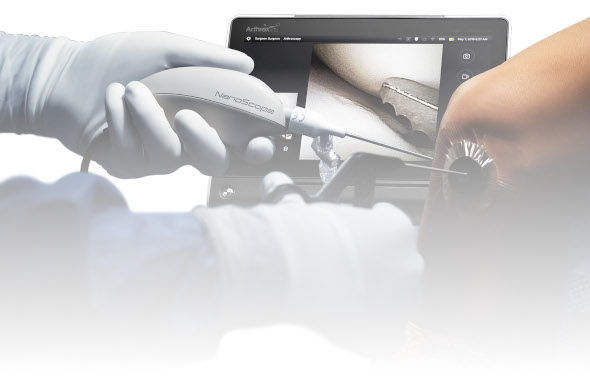
Needle arthroscopy (Arthrex Nanoscope)
Needle arthroscopy is performed under local anesthesia and allows for a minimally invasive, highly detailed assessment of the cartilage and intra-articular structures.
It can be used as a diagnostic tool and as a navigation tool in biological treatment, e.g. when administering stem cells.
In addition to our on-site ultrasonography examinations, additional imaging examinations
may also be requested for completeness of assessment;
Imaging (MRI)
Meet our trusted Orthopaedics Team …
Dr Robert Smigielski, PhD
Orthopedic Surgeon/Traumatologist
Medical University of Warsaw, Faculty of Medicine Specialization in Orthopedics and Traumatology
READ MORE...Dr Daniel Kopko
Orthopedic Surgeon/Traumatologist
Medical University of Bialystok; Faculty of Medicine, Specialization in Physiotherapy Resident physician currently specializing in the field of orthopaedics and traumatology.
READ MORE...For a full list of our treatments and therapies...
To schedule an appointment
to see a physician


